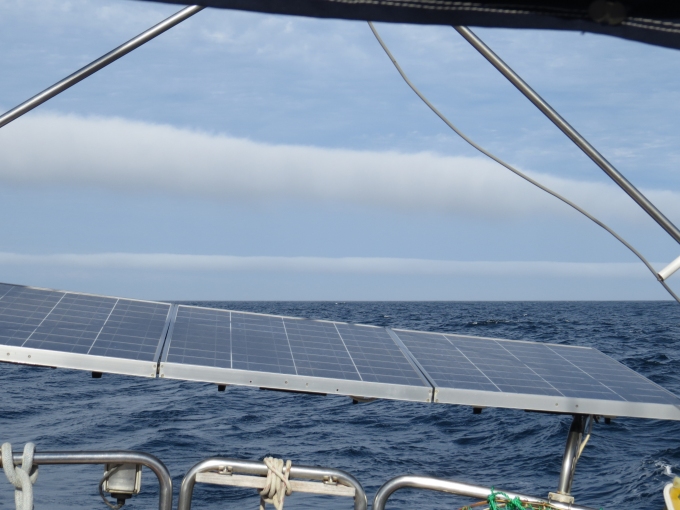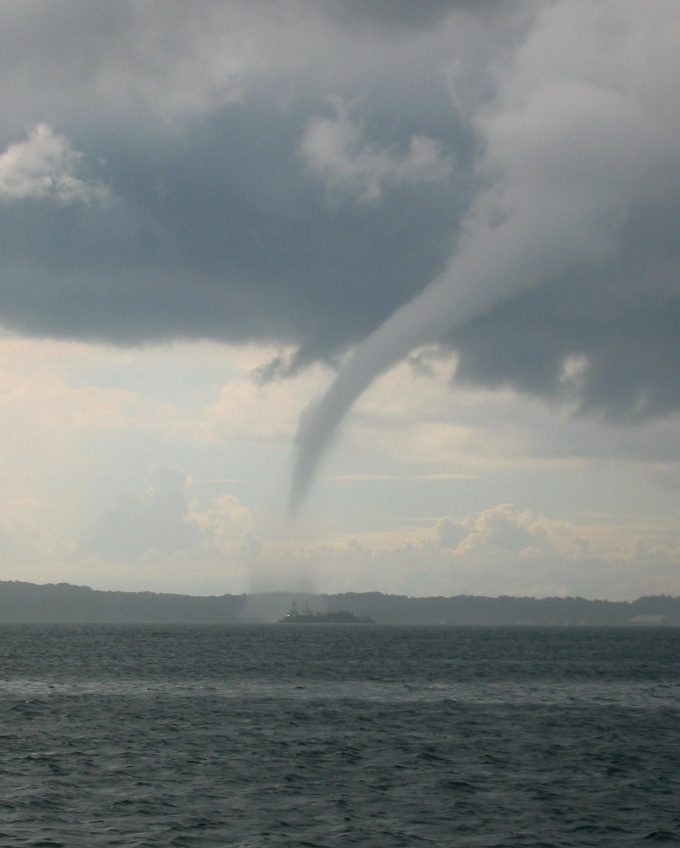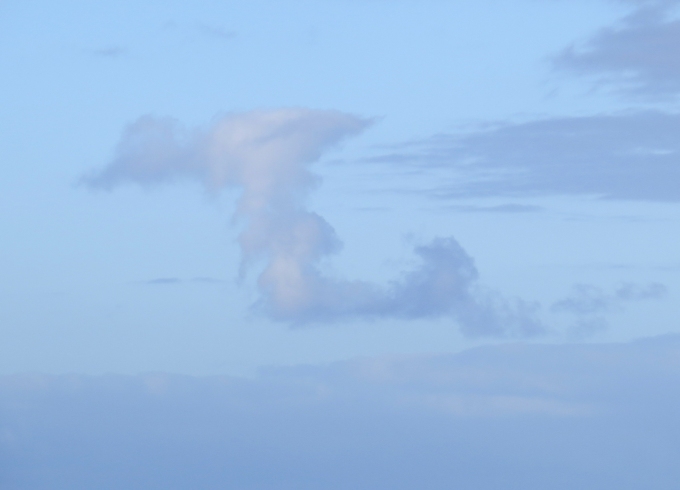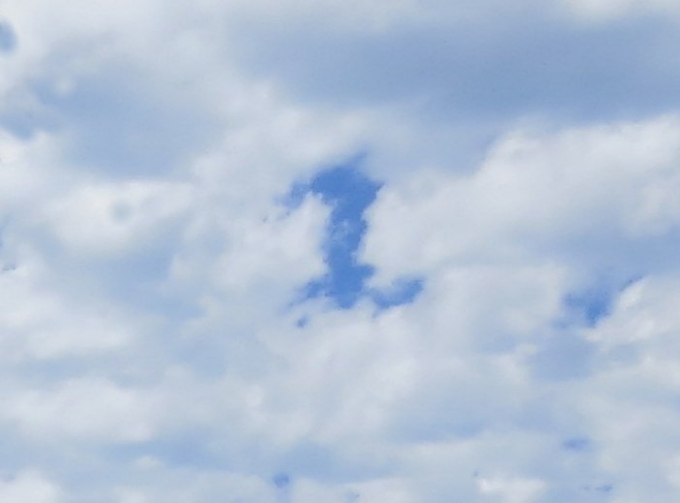Weather Predicting...the old fashioned way
/The Annapolis Book of Seamanship
It makes sense. As the sun is setting in the west, the sky becomes red when light passes through dust particles in the air. Dust is a sign of dry weather and since most weather comes from the west, a red sky at night indicates fair weather on the horizon. A grey sky at night indicates moisture in the air and rain is in the forecast. A red sky in morning signals that the dry air has moved away … also a signal of rain. Interestingly enough, even Jesus talks to his fishermen friends about this very phenomenon in Matthew 16.2-3: "When it is evening, you say, 'It will be fair weather, for the sky is red.' and in the morning 'It will be stormy today, for the sky is red and threatening." I'd say this old saying has some merit.
Then there's "Mare's tails, mare's tail make lofty ships carry low sails." These thin, wispy, high cirrus clouds called mare's tails arrive a day or two in advance of frontal systems … usually wind and rain. We definitely take note and check the weather forecasts. We know a change is on the way.
“Mackerel scales, furl your sails.” A mackerel sky does, indeed, look scaly. These puffy clouds under cirrocumulus clouds often precede an advancing warm front … backing winds and rain.
There are several sayings about rainbows and weather, such as ... “Rainbow in the morning, gives you fair warning.” The sun rises in the east. If the associated rain that caused the rainbow is in the west, rain is coming your way.
Predicting a squall is usually pretty easy. When we see dark clouds approaching and actually see the showers, we're pretty sure rain is imminent. The darker the clouds, the more violent the squall will be. We learned from the following maxim, that wind before the rain is better than rain before the wind. Shallow fronts pass quickly with rain on the backside. Deeper fronts and big depressions, however, are surrounded by bad weather and the rain usually precedes the big winds. Lucky for us no topsails … we just take a reef in the main.
When the wind before the rain Let your topsails draw again; When the rain before the wind, Topsail sheets and halyards mind.
There are no sayings I'm aware of that are associated with rare roll clouds. According to Wiki, these are arcus clouds, low and horizontal tubes in the sky usually formed by outflows of cold air from sea breezes or cold fronts in the absence of thunderstorms. We've only seen them once, while crossing the Great Australian Bight,and that was enough for us. They were ominous looking on approach and each cloud (there were about eight of them in a row) brought severe squalls with several minutes of gale force winds. Not something predictable although if we saw them again, we'd know what to expect.
Like roll clouds, waterspouts (funnel clouds on water) are not predictable nor pleasant especially since they're usually associated with torrential downpours and thunder and lightning. Fascinating though.
Of course, not all clouds are associated with weather … some just amuse us. Like the letter “L” for Lynn or Lucky.
or Nine of Cups … you're #1!










